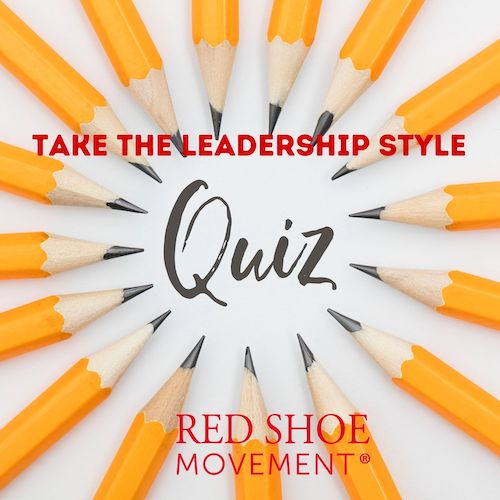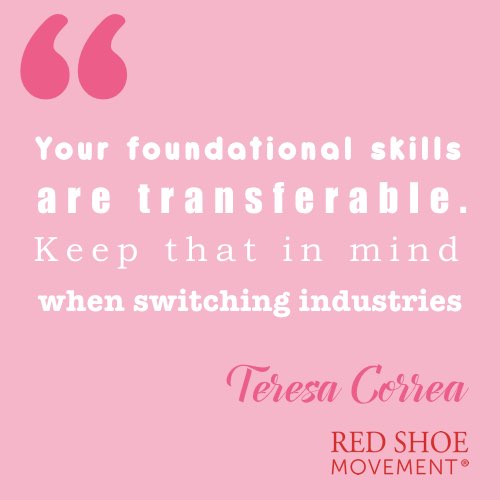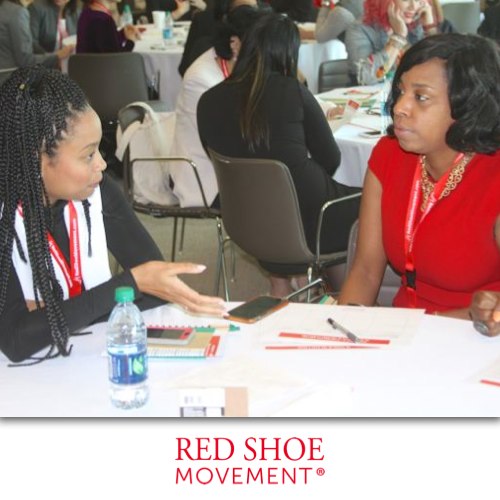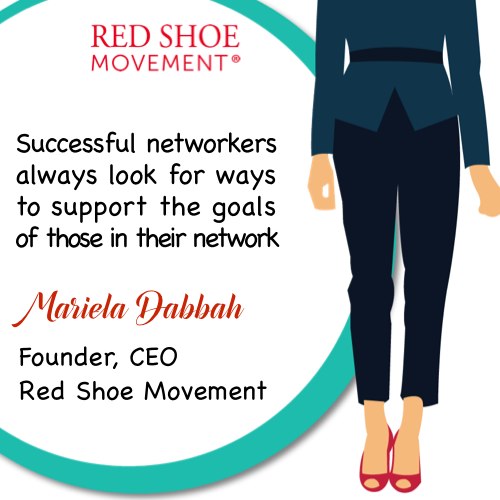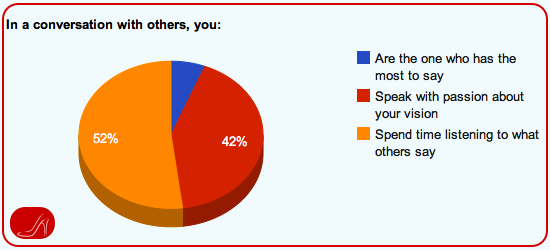If you’re serious about building your personal brand, learning to ace proper introductions is a must. Elevating someone else’s profile is a win-win situation. Here’s how to do it well!
First, let’s get on the same page. When I stress the importance of learning how to do proper introductions, I don’t just refer to etiquette. Which of course, we’ll cover here in a minute. I’m also referring to learning what to say about the people you’re introducing.
Way too often people miss a prime opportunity to look good by making others shine. It’s such a gracious thing to do that it has always puzzled me that so few people know how to do it well. One occasion to make others look great is when you introduce them. Whether it is during the introduction of a speaker at a large conference, an individual contributor at an internal meeting, or a colleague at a cocktail party, by conducting proper introductions you stand out as a powerful professional and a great connector.

The etiquette of proper introductions
So let’s get the protocol down first and focus on what to say about the people you introduce later.
1After you name the person with higher hierarchy in the conversation, the person considered of lower rank or social hierarchy should be introduced to the person of higher rank. Meaning: Introduce the younger analyst to the senior executive. The proper introduction would be: “Mrs. Peters, let me introduce to you Martin Smith, one of our brilliant analysts. Martin, this is Mrs. Alice Peters, our Senior Vice President of Marketing.”
2A work colleague should be introduced to a client: “Julia, let me introduce you to Margaret Thomson, one of the most brilliant marketers in our company. Margaret, as you know, Julia Rodríguez is our largest distributor in the Midwest.”
3Introduce your newest acquaintance to someone you know better. When introducing colleagues at an informal occasion, name first the colleague you met most recently (or are less familiar with.) “Johanna, let me introduce you to Glen Williams. He’s new at our firm and could use some friends. Glen, Johanna Gómez has been a great mentor of mine for most of my career.” If you forgot the name of your latest acquaintance, you can look at them as you are making the introduction and say: “Sorry, what was your full name again?”
4If they are of similar hierarchy, introduce men to women as a sign of deference. “John, let me introduce you to Sonia.”
5In a social context, younger people are introduced to older people. Your boyfriend to your aunt. “Aunt Letty, let me introduce you to John, my boyfriend. John, this is my mother’s sister, aunt Letty.”
6Also in a social setting, it’s a sign of proper introduction to present your friends to your family. Here, your family has “higher hierarchy” than your friends.
And just a note: When you are at a social gathering, wait for an opening before you make your introduction. It’s best to avoid interrupting someone who is engaged in conversation as they won’t be as receptive.

What to say about the people you are introducing
Now that we’ve covered the etiquette around proper introductions, let’s focus on the important task of what to say about those you are introducing. Keep in mind that even though the stated purpose of the introduction is for two people to meet or for a group of people to learn something about a speaker before he/she presents, there are many benefits of being introduced rather than introducing yourself.
- It’s easier for others to compliment your performance, speak of your reputation or put you on a pedestal than for you to do it yourself.
- It conveys immediate credibility.
- It conveys authority.
As the situations can vary widely, here are three tips that apply to the majority of cases.
1Learn as much as you can about the person you are introducing to someone of higher hierarchy. Then phrase it in a way that underscores their unique contributions. “Alice, this is Keisha Lawrence, the engineer who came up with the solution to avoid the delay in our product launch. I know we are all grateful that we launched on time, but I thought you’d like to meet the person who made it possible. Keisha, Alice is our Senior VP. She’s been a champion of this product from the beginning.”
2Express the common ground. As you’re hopefully introducing two people so they can carry out a conversation without further intervention on your part, make sure to mention the reason you think they should connect. It could relate to work, hobbies, shared experiences or people they know in common. “Tom, meet Lisa Jenkins, the head of HR at Acme Inc. She’s looking for a new D&I program and I told her about the success you’ve been having with the latest initiative you brought to your organization. Lisa, this is Tom Collins, VP of HR at XYC Corp.”
3When introducing speakers, highlight a few amazing accomplishments. Express how honored you are that they’re presenting for this particular audience. Quite often, event organizers let timing constraints interfere with proper presentations. They skip through them with phrases like: “Well, I’ll let Tim introduce himself.” Or “I’m only going to say a few things because I know you want to hear Carolina speak and not me.”
Read about my story as a Latina speaker here.
Don’t fool yourself. This reeks of lack of preparation. It reflects poorly on you and it puts your speaker in an awkward situation. Why? Because one of the benefits of a proper introduction is that it conveys authority. It leaves a fertile terrain for the speaker to present their content from a place of inherent trust. Do it properly and you make their job much easier. As a result, the speaker will be grateful and your colleagues will want to be on the receiving end of one of your future introductions.
Without a doubt conducting proper introductions is a unique chance to show your leadership while shining the light on others. Now it’s your turn to put these insights into practice. So, who will you introduce next?





















































































